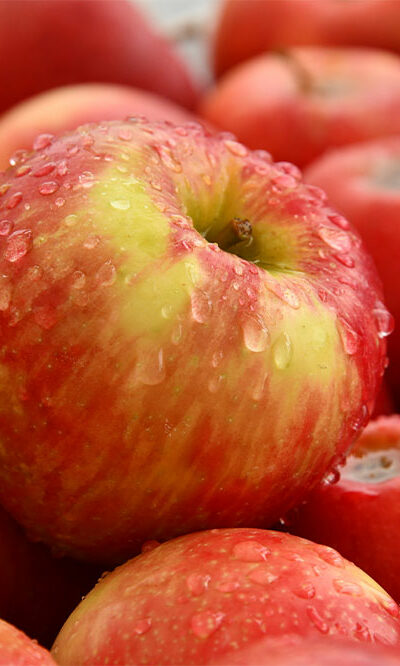
6 superfoods that help reduce cholesterol levels
Cholesterol is a naturally-produced essential fatty substance in the body. The type of fat found in the blood helps the body build healthy cells, thereby ensuring it functions smoothly. However, excess cholesterol is harmful as it can lead to fatty deposits in the blood vessels, narrow or clog the arteries and increase the risk of heart conditions. Below are six foods that help lower cholesterol levels and also improve heart health. 6 superfoods that help lower cholesterol levels Apples Apples are rich in a type of soluble fiber called pectin that brings down cholesterol levels by about 10 percent. It also helps reduce triglycerides, which is a type of fat in the blood. In addition to their fibrous content, apples also contain polyphenols, which could help control cholesterol levels. Avocados Avocado contains monounsaturated fatty acids or MUFAs, which keep the cholesterol levels in check and help in keeping the heart healthy. This fruit contains about 10 grams of fiber. You can pair it with whole grain, pumpernickel, or rye toast to make it even more fibrous. Add a squeeze of lemon juice or sprinkle some herbs like oregano for extra flavor. Dark chocolate Cocoa in dark chocolates contains flavonoids that control blood pressure levels and lower cholesterol. However, dark chocolates contain sugar and fats, so it is advisable to opt for unsweetened variants and have them in limited quantities. Fatty fish Having salmon, mackerel, and sardines regularly helps prevent serious heart conditions. The omega-3 fats in the fish are full of eicosapentaenoic acid (EPA) and polyunsaturated fats that prevent cholesterol from shooting up and decrease triglycerides in the bloodstream. This maintains heart health. Nuts and seeds Almonds, walnuts, cashew, hazelnuts, pistachio, peanuts, pecans, and other varieties of seeds are full of vitamin E, protein, magnesium, and potassium that lower blood pressure and decrease the risk of heart ailments.










